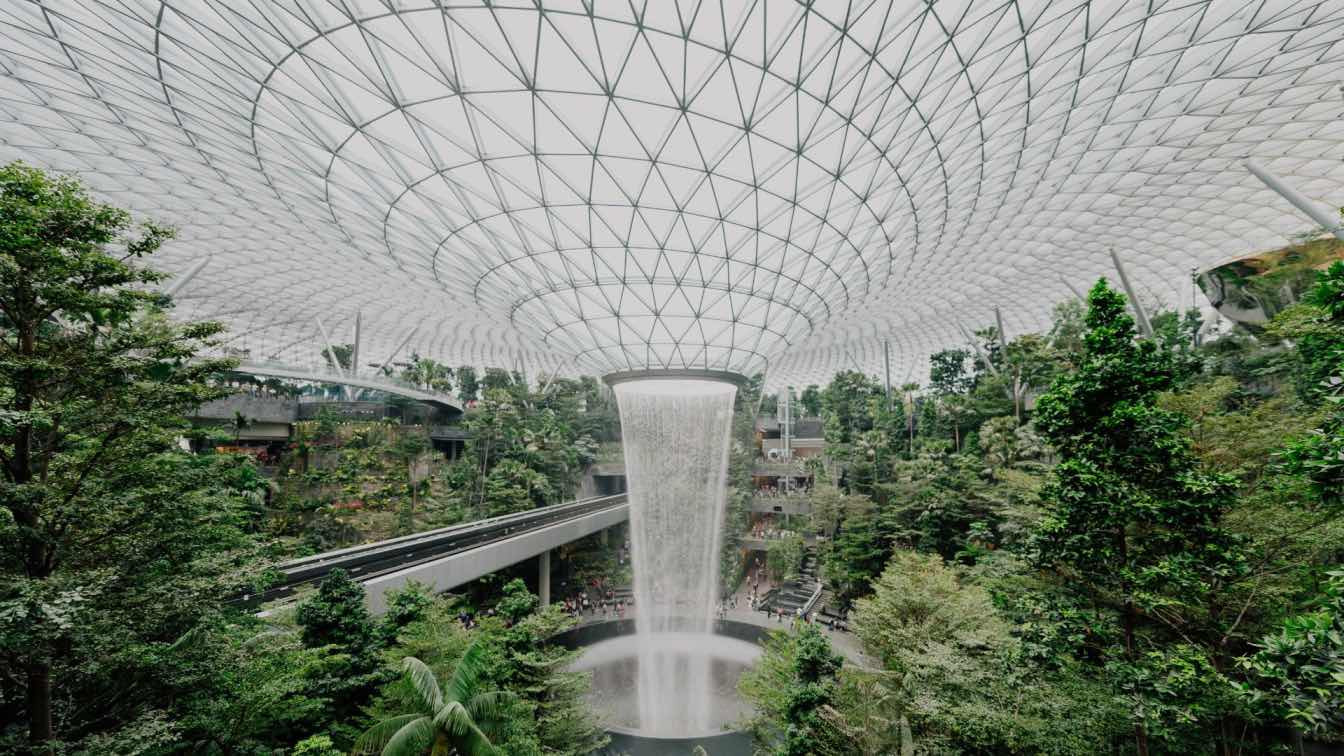Among the many other problems that climate change poses, an increase in the number of pests plaguing urban areas is predicted to be one of the most obvious and impactful on quality of life. According to Voice of America News, pest outbreaks are at the highest they’ve ever been, beating a previous high thirty years ago. The work of pest control companies is invaluable, but, arguably, the only way to create long-term resilience against infestation is through pest-free architecture. This principle must be embraced on both a micro and macro scale to create a better housing situation in the future.
Integrated pest management
The founding principle in any pest-free development is integrated pest management - IPM. Far from throwing out the rulebook on building design, IPM seeks to employ common sense principles, according to the Environmental Protection Agency. Preventative action comes first, and this is important in the architectural world. Entry points must be breathable, to enable proper airflow and deter the sort of damp and moldy conditions that often entice insect pests - yet, they must also be difficult for rodents to breach, as well as burrowing insects. The use of high tech building materials, including metal infused concrete and rodent-resilient cabling and pipework, is making a lot of difference in this regard. Architects must seek to use the most up-to-date and cutting edge materials that can ensure a good building design, with aesthetic designs met, that also helps to prevent pest entry into the building. If you live in Florida, and are in need of pest control services, research Sarasota Pest Control and go from there. Be sure to ask your pest control company for any tips they might have in regards to building design.
Working well with green
Alongside the climate change enforced need for pest control is a move towards bio-building. As magazine Thursd. profiles, there are hundreds of such expansive developments being deployed throughout the world. However, they do bring with them the risk of encouraging pests. In order for these developments to be truly sustainable while meeting quality of life standards, it’s important that architects factor in the need for self-sustaining ecosystems. The best counter to insect pests is the ecosystems that generate natural ‘counters’ to the species that produce problems as pests. Advocating for a natural, non-interventionist ecosystem is also crucial to attaining sustainability goals.
To the masses
It’s easy for pest control architecture to be confined to those big ticket developments that define cities and skylines. However, there needs to be widespread adoption of smart and anti-pest technology throughout housing to ensure that future stock is suitable for the prevention of these issues. As Cornell highlights, there are national schemes to engage with this requirement; what is now needed is the input and interest of those large businesses that can make a serious dent in the situation.
Pest control is important. As climate change ramps up, the impact of pests on housing will start to become more and more obvious, causing harm and distress to homeowners. Architecture is at the forefront of preventing the deleterious impacts of infestations, and architects and developers must embrace certain principles to make an impact.





